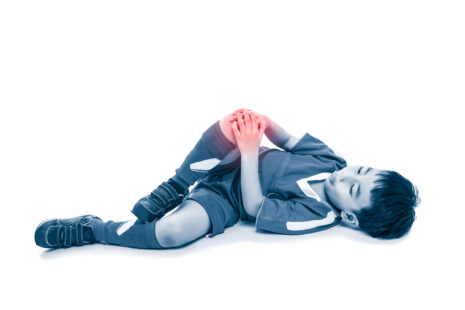Physical therapy (PT) is a common and effective treatment approach for hip bursitis. Hip bursitis is a condition characterized by inflammation of the bursae, small fluid-filled sacs that cushion and reduce friction between bones, tendons, and muscles near the hip joint. Physical therapy aims to reduce pain, and inflammation, and improve the function of the hip joint.
Here’s what PT may involve for hip bursitis…
- Pain Management – Initially, the focus of physical therapy is often on pain relief. Therapists may use modalities like ice or heat packs, ultrasound, or electrical stimulation to help reduce pain and inflammation in the affected area.
- Manual Therapy – Hands-on techniques performed by the physical therapist may include gentle joint mobilization and soft tissue manipulation. These techniques can help improve joint mobility, reduce muscle tension, and improve blood flow to the area.
- Stretching Exercises – The therapist will prescribe specific stretching exercises to improve the flexibility of the muscles around the hip joint. Stretching can help alleviate tightness and reduce pressure on the bursae.
- Strengthening Exercises – Strengthening the muscles around the hip joint is crucial for providing better support and stability. The physical therapist will design exercises to target the hip abductors, adductors, glutes, and core muscles.
- Postural Training – Correcting posture is vital to reduce stress on the hip joint and surrounding structures. The physical therapist will address any postural issues that may contribute to hip bursitis.
- Gait Training – The therapist may assess and correct your walking and running patterns to ensure proper mechanics and reduce strain on the hip joint.
- Activity Modification – Depending on the activities that worsen the hip bursitis symptoms, the physical therapist may recommend modifying or avoiding certain movements or exercises during the recovery period.
- Home Exercise Program – You will likely be given a home exercise program to continue the prescribed exercises and stretches between physical therapy sessions.
- Education – The physical therapist will provide education on proper body mechanics, ergonomics, and strategies to prevent future hip bursitis flare-ups.
The specific treatment plan will vary depending on the individual’s condition, the severity of hip bursitis, and any underlying factors. The goal of physical therapy is to help you recover from hip bursitis, manage symptoms, and improve the overall function of the hip joint. Always consult with a qualified healthcare professional before starting any physical therapy program to ensure it is appropriate for your specific condition.




